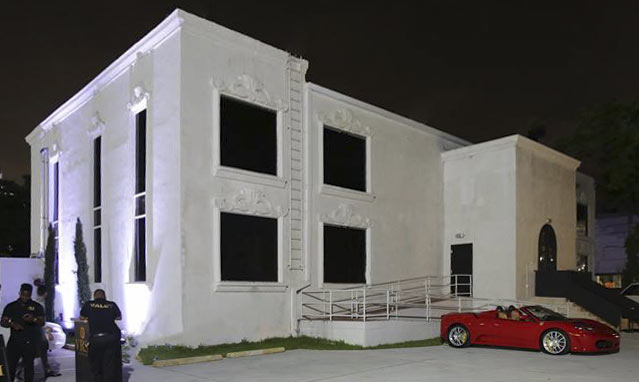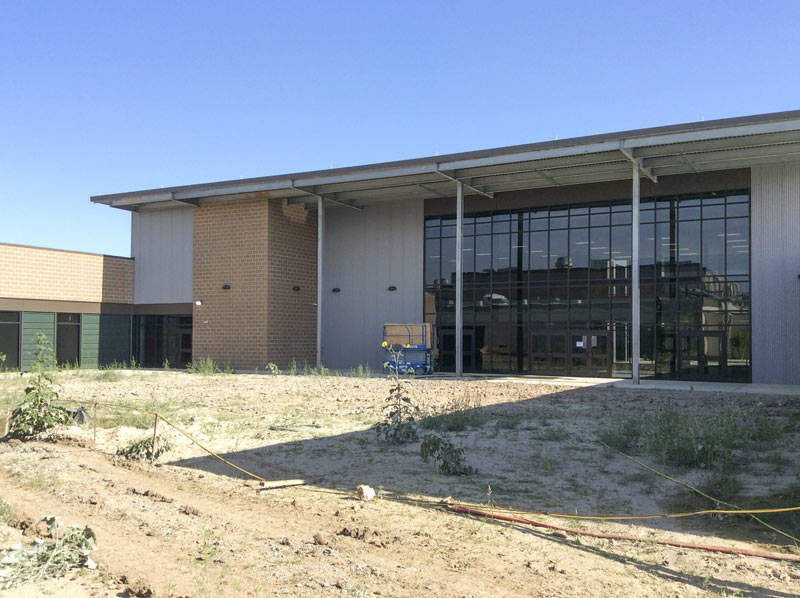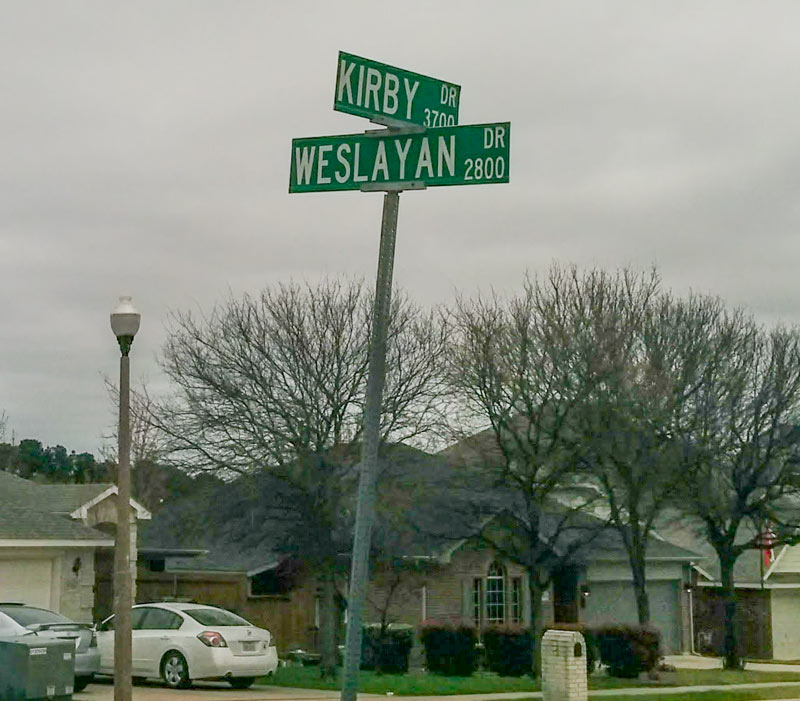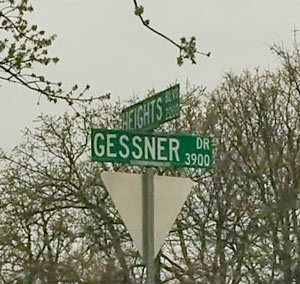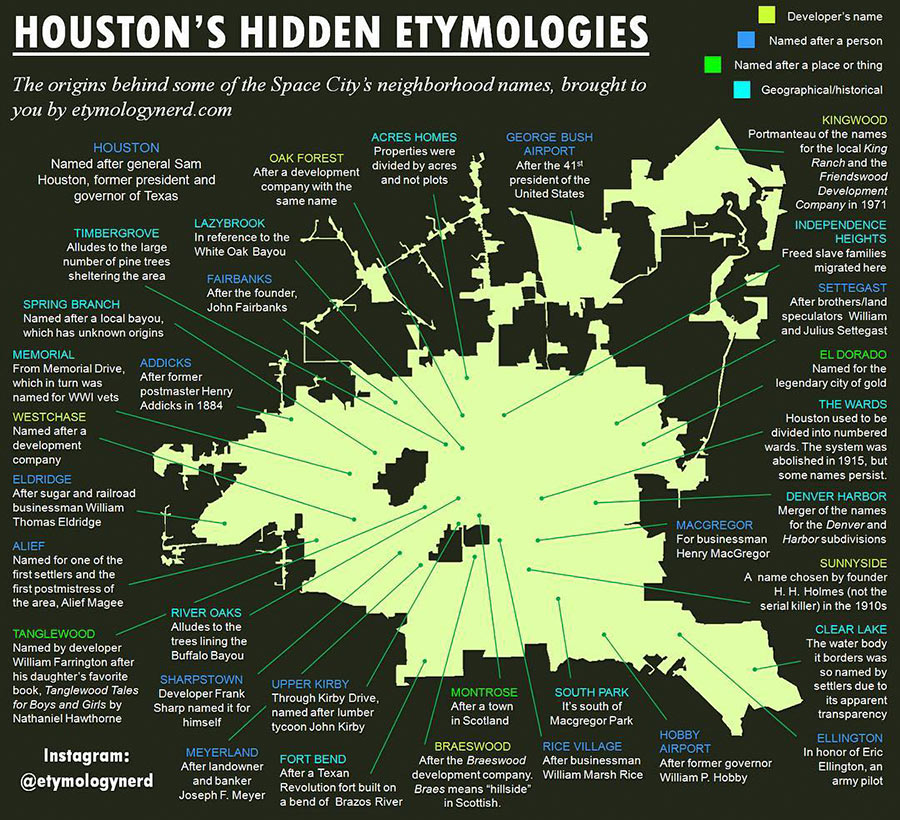
Budding internet etymologist and Albany High School senior Adam Aleksic is out with his latest annotated map (bigger version here), which points out the origins behind some of the Houston area’s most well-known neighborhood names. As you can see in the legend at the top right corner, the author makes a distinction between developers and people — both of which have left their marks in the region’s spacial vernacular. And of course, no map of Houston would be complete without its fair share of wet spots, too, which appear in the meanings behind 6 locations shown above: Lazybrook, Timbergrove, Spring Branch, River Oaks, Clear Lakes, and Denver Harbor.
- Infographics [The Etymology Nerd]
Image: The Etymology Nerd


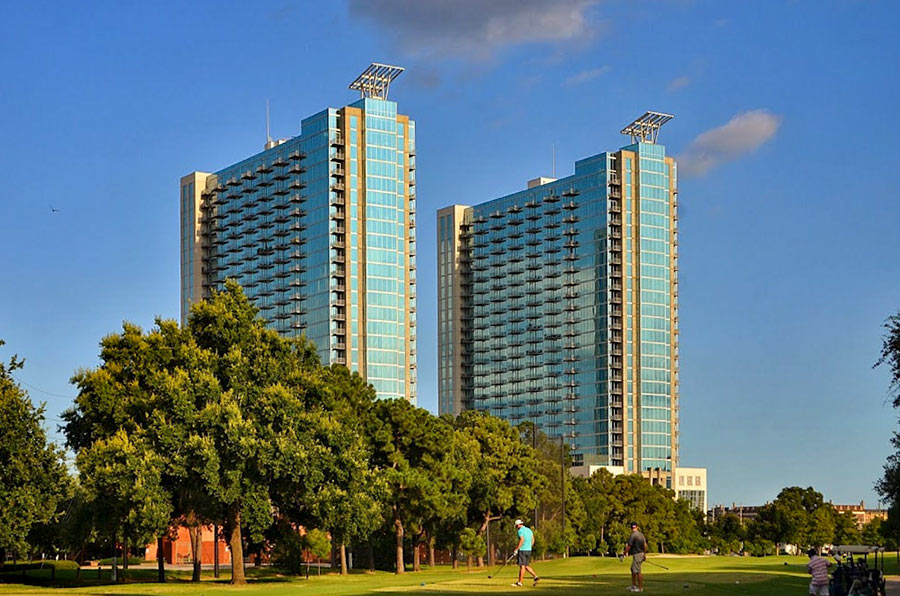 The 29-story, 394-unit glass apartment building at 5927 Almeda Rd. known as the Mosaic South Tower, and before that the
The 29-story, 394-unit glass apartment building at 5927 Almeda Rd. known as the Mosaic South Tower, and before that the 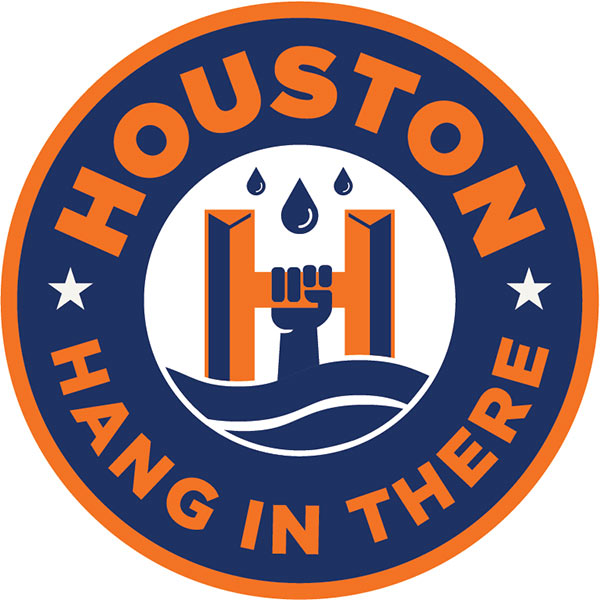 It took a
It took a 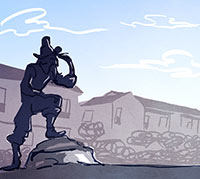 “It is really not in play in the ‘tear it down’ vs. ‘leave it there’ debate, but it has always been my considered opinion that that nothing should be named for anyone until 10 years after their death. So many things are named for recently deceased, relatively unimportant politicians these days. Few remember who they are 10 years later. If there is still a hue and cry to memorialize someone ten years after their death, so be it. As stated in a quote attributed to Cato the Elder, “’I would much rather have men ask why I have no statue, than why I have one.’†[
“It is really not in play in the ‘tear it down’ vs. ‘leave it there’ debate, but it has always been my considered opinion that that nothing should be named for anyone until 10 years after their death. So many things are named for recently deceased, relatively unimportant politicians these days. Few remember who they are 10 years later. If there is still a hue and cry to memorialize someone ten years after their death, so be it. As stated in a quote attributed to Cato the Elder, “’I would much rather have men ask why I have no statue, than why I have one.’†[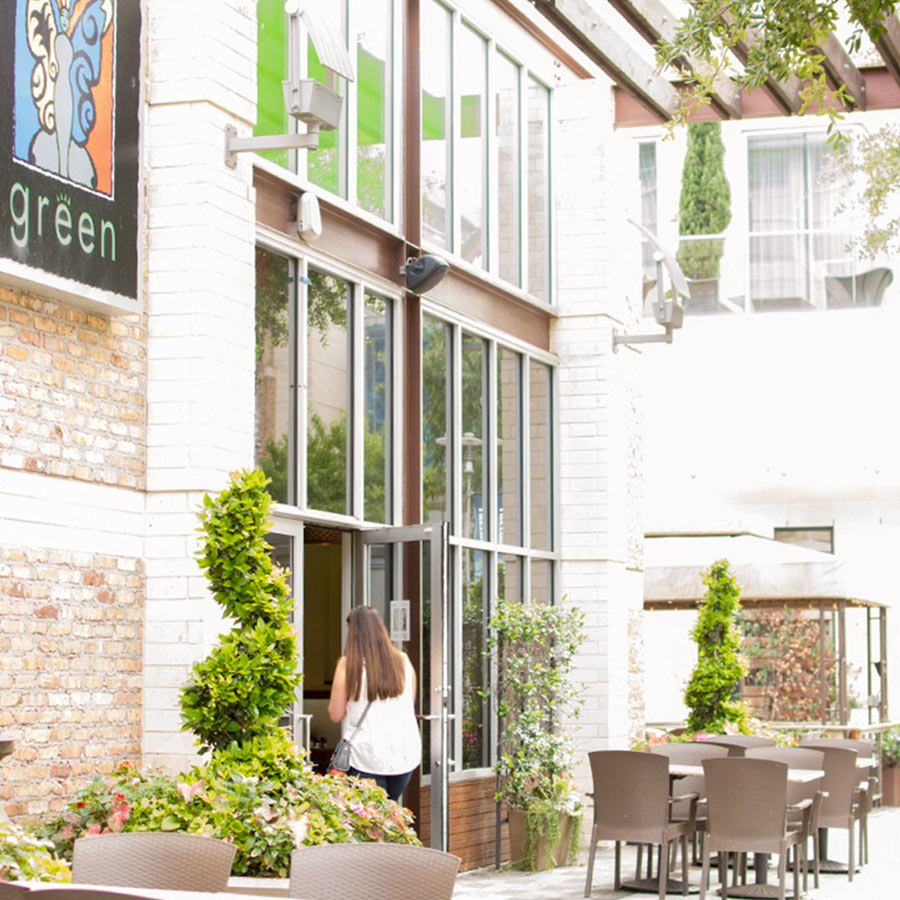
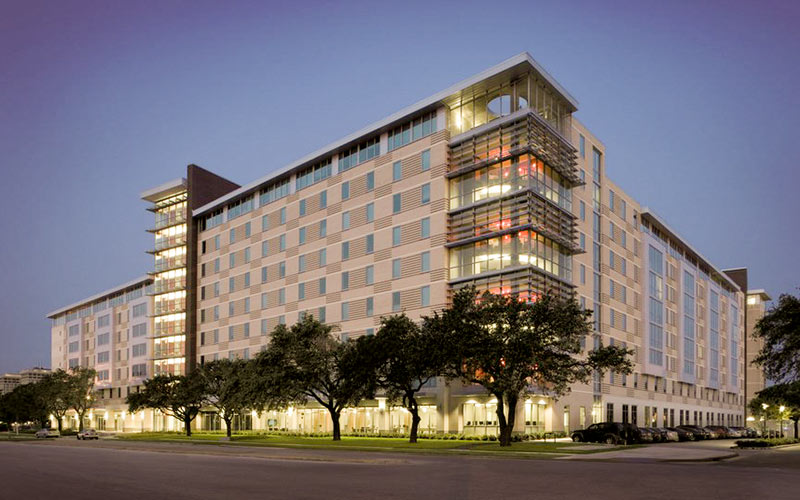 A statement out this afternoon from UH: “The University of Houston does not have statues, memorials or monuments honoring the Confederate era. Calhoun Lofts were originally named to coincide with the name of the adjacent city street when the university began its aggressive residential expansion in the last decade. While the residence hall was not named in recognition of John C. Calhoun, in the wake of recent events, and out of sensitivity to our diverse student community
A statement out this afternoon from UH: “The University of Houston does not have statues, memorials or monuments honoring the Confederate era. Calhoun Lofts were originally named to coincide with the name of the adjacent city street when the university began its aggressive residential expansion in the last decade. While the residence hall was not named in recognition of John C. Calhoun, in the wake of recent events, and out of sensitivity to our diverse student community 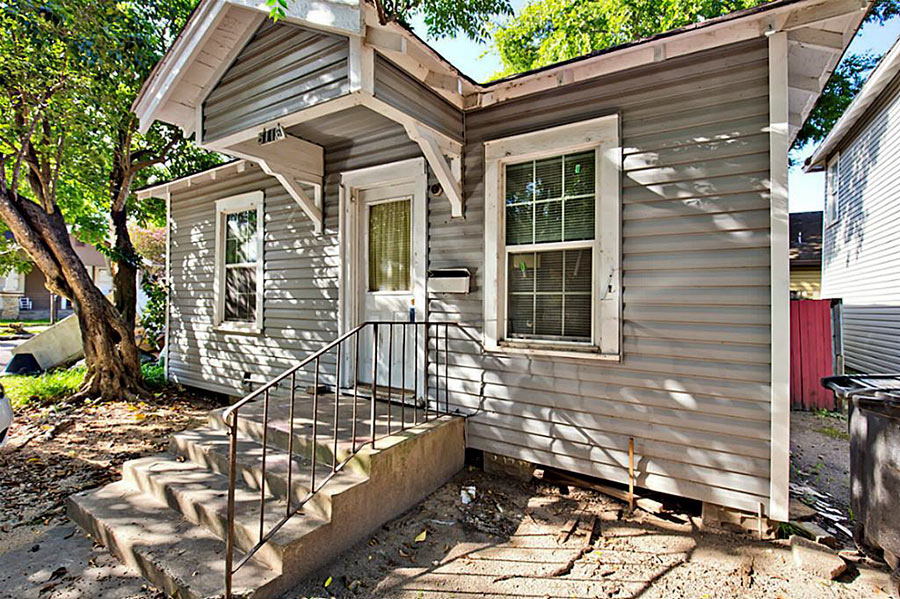

 Among Houston’s grids, strips, and cul de sacs, let a million neighborhoods bloom! Perhaps the story of how the area around upper Kirby Dr. came to be known as Upper Kirby can form some sort of template for this city’s vast numbers of undifferentiated districts just waiting to be branded? “We weren’t Greenway Plaza, we weren’t Montrose, we weren’t Rice Village,†Upper Kirby Management District deputy director Travis Younkin tells reporter Nicki Koetting. It was a section of town that lacked identity. “This nameless neighborhood, Koetting adds, “was the sort of place you drove through on the way to other, named neighborhoods.” One helpful step along the way: Planting the shopping areas with red phone booths. “The authentic British phone booths are an homage to Upper Kirby’s acronym, and actually operated as phone booths for a few decades until cellphones became the norm,” Koetting notes. “
Among Houston’s grids, strips, and cul de sacs, let a million neighborhoods bloom! Perhaps the story of how the area around upper Kirby Dr. came to be known as Upper Kirby can form some sort of template for this city’s vast numbers of undifferentiated districts just waiting to be branded? “We weren’t Greenway Plaza, we weren’t Montrose, we weren’t Rice Village,†Upper Kirby Management District deputy director Travis Younkin tells reporter Nicki Koetting. It was a section of town that lacked identity. “This nameless neighborhood, Koetting adds, “was the sort of place you drove through on the way to other, named neighborhoods.” One helpful step along the way: Planting the shopping areas with red phone booths. “The authentic British phone booths are an homage to Upper Kirby’s acronym, and actually operated as phone booths for a few decades until cellphones became the norm,” Koetting notes. “ “The dumbest is ‘Near Northside’, separating it from the actual Northside, which no one understands unless you live there. So you have to tell people ‘Acres Homes’ (which it is not at all) or say ‘behind the Fiesta’ or ‘behind Gallery Furniture on 45 North.’ What other point of reference is there — across the freeway from Dago’s? Basically I’m waiting for gentrification to name my hood something that gentrifiers can easily recall.” [
“The dumbest is ‘Near Northside’, separating it from the actual Northside, which no one understands unless you live there. So you have to tell people ‘Acres Homes’ (which it is not at all) or say ‘behind the Fiesta’ or ‘behind Gallery Furniture on 45 North.’ What other point of reference is there — across the freeway from Dago’s? Basically I’m waiting for gentrification to name my hood something that gentrifiers can easily recall.” [ “‘Heights creep’ is to the 2010s what ‘River Oaks creep’ was to the 1980s/90s. Back in the 90s when I was living in a (moderately crappy) apartment near the corner of Kirby and Westheimer, anything between Buffalo Bayou, the West Loop, US-59 and Montrose might have been referred to as River Oaks. Hell, even the River Oaks Shopping Center isn’t even
“‘Heights creep’ is to the 2010s what ‘River Oaks creep’ was to the 1980s/90s. Back in the 90s when I was living in a (moderately crappy) apartment near the corner of Kirby and Westheimer, anything between Buffalo Bayou, the West Loop, US-59 and Montrose might have been referred to as River Oaks. Hell, even the River Oaks Shopping Center isn’t even  “In their rush to capitalize on the popularity of the district, businesses and developers have awkwardly assumed the mantle of the name ‘Heights,’ even though they’re clearly outside the zone of its accepted borders,” writes Jeff Balke this morning for the Houston Press. Where exactly are those accepted borders? And which variation means what?
“In their rush to capitalize on the popularity of the district, businesses and developers have awkwardly assumed the mantle of the name ‘Heights,’ even though they’re clearly outside the zone of its accepted borders,” writes Jeff Balke this morning for the Houston Press. Where exactly are those accepted borders? And which variation means what? 